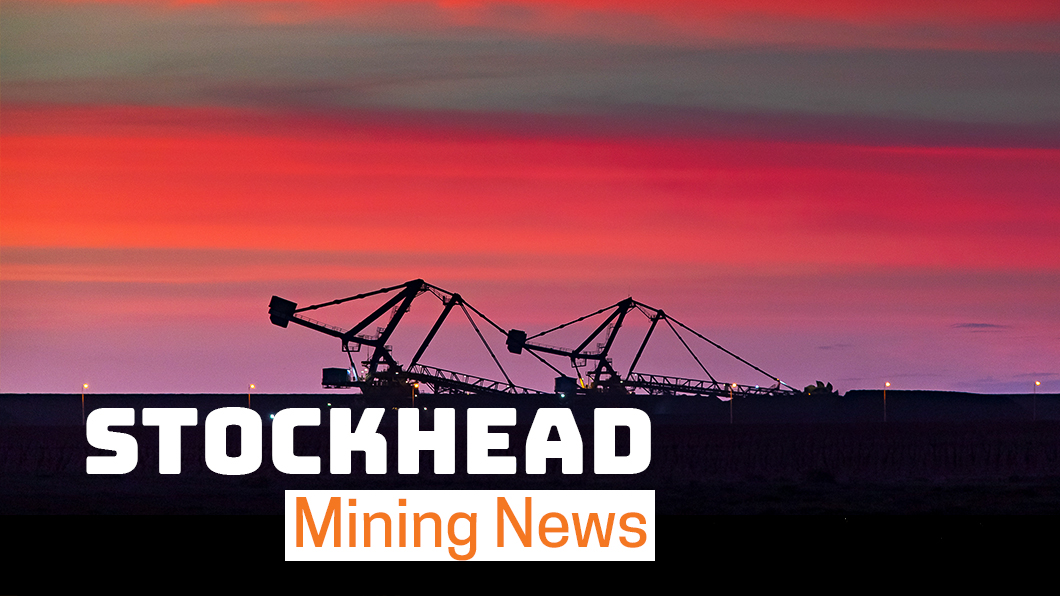Monsters of Rock: Lithium companies are reshaping Australia’s mid-tier mining landscape

Pic: Bloomberg Creative / Bloomberg Creative Photos via Getty Images
It’s not just your imagination.
Rising publicity around ‘critical minerals’, ESG and battery metals is having a transformative impact on the value and make-up of Australia’s resources sector.
The proof is in the pudding as they say, and this pudding is the annual PricewaterhouseCoopers AussieMine 2021 report, which shows ‘critical minerals’ miners and explorers are now worth almost as much to the Australian mid-tier as gold producers.
Released today, the survey reflects the strength of the resources market more generally, with the 50 biggest mining companies outside the ASX 50 increasing in value by 50% to $113 billion at an average increase in market cap of 78%.
But it is the make up of that list that is most notable. The 18 gold companies account for 33% of the value of the list, but have seen that value decrease by 8%.
Critical minerals companies, including lithium, mineral sands and rare earths, meanwhile are knocking on the door at $35 billion, or 31% of the total value, 167% higher than 2020.
Iron ore companies in the list increased in value by 178% in 2021, but that is attributable to the bonkers short term price spike we saw in early to mid 2021 which has now cooled and the addition of Deterra Royalties (ASX:DRR), Iluka Resources’ (ASX:ILU) royalty spinoff.
Who is new to the MT50?
With a market cap of ~$2.4 billion as of June 30, the aforementioned Deterra Royalties was the biggest new entrant to the list.
But rising lithium, rare earths, uranium and mineral sands prices drove the rest of the new boys in the PwC survey, all attached to the decarbonisation narrative in some way, shape or form.
Lithium hopeful Liontown Resources (ASX:LTR), up 759% over FY21, entered the list at 22, with a market cap of $1.55b, ahead of established producers like gold miner Silver Lake Resources (ASX:SLR) and coal miner New Hope (ASX:NHC).
Incredibly Liontown has since more than doubled its market cap now to $3.23b, having released the DFS for its Kathleen Valley mine last week.
Australian Strategic Materials (ASX:ASM) (mineral sands/rare earths), Ioneer (ASX:INR) (lithium), Vulcan Energy (ASX:VUL) (lithium), AVZ Minerals (ASX:AVZ) (lithium) and DEVELOP (ASX:DVP) (mining services/copper) all entered the list for the first time.
Graphite miner Syrah Resources (ASX:SYR) and mothballed uranium miner Paladin Energy (ASX:PDN) also returned to the list, while lithium, rare earths and nickel stocks Pilbara Minerals (ASX:PLS), Galaxy Resources and Orocobre (ASX:ORE), Lynas (ASX:LYC) and Chalice Mining (ASX:CHN) were the fastest climbers from 2020’s MT50 list, with critical minerals companies already in the 2020 cohort 373% larger on average over 12 months.
PwC described it as an “ESG-led shake-up”, which has fundamentally altered the composition of Australia’s mid-tier mining sector.
“Time will tell the makeup of the MT50 in 2022, but we are expecting that strategic shifts in ESG, as part of the transition to a low carbon future, will continue to impact the fortunes of the MT50,” report authors said.
While operating cashflows have soared, helping big miners pay down debt, make acquisitions and invest in capex, funding from the market has also been strong for non-producing companies in the MT50.
“The market has been willing to support undeveloped critical minerals, gold and copper projects with equity funding. A total of $468 million has been raised by the MT50 non-operating companies, and cash reserves of $829 million remain for their respective projects (as at 30 June 2021). The exploration spend for non-operators was up by 13%,” authors said.
First Quantum & POSCO open new nickel mine at Ravensthorpe operations
The Ravensthorpe nickel operations have been one of the great sagas of WA mining.
Opened by BHP in the late 2000s after a string of cost blowouts, the nickel laterite operation has been revived twice by First Quantum, producing more than 200,000t of nickel and 7500t of cobalt since 2011, when Canada’s FQM first opened the mine.
The project produces around 30,000tpa of a mixed nickel-cobalt hydroxide for processing into nickel sulphates, making it one of the few laterite mines set up to supply the battery industry.
A new mine at Ravensthorpe — which South Korean steel and battery giant POSCO paid US$240m for a 30% stake in back in May — will extend its life by more than 20 years.
The mine was opened by WA Mines Minister Bill Johnston today.
“Ravensthorpe has felt the impact of a volatile nickel market in previous years but since 2020 nickel prices have trended upwards because of the increasing global production of batteries,” he said.
Has that done all that much for the Ravensthorpe operations?
According to FQM’s latest quarterly accounts they still ran at a US$23 million loss in the September quarter, with COO Tristan Pascall telling analysts labour and supply chain issues had seen costs rise, with project delays resulting in lower production and higher cost guidance for 2021.
Evolution hits four month high on Glencore deal
Evolution (ASX:EVN) shares have risen to their highest level since July, soaring ~10% on yesterday’s late breaking news the gold miner will pay Glencore $1 billion for full ownership of the Ernest Henry copper-gold mine.
Evolution has comfortably made back the $880 million it paid in 2016 for the gold and some copper and silver rights at Ernest Henry.
The full acquisition of the mine will turn Evolution into a 60,000tpa copper producer to add to its gold production, but more importantly will act as a significant lever to reduce gold mining costs by around 12% over the next three years through by-product credits.
Other gold and copper producers/ explorers were in pretty positive territory today, with OZ Minerals (ASX:OZL) up 2.77%, De Grey Mining (ASX:DEG) 6.58% higher and West African Resources (ASX:WAF) climbing by 4.64%.
Lynas and Liontown, which signed a native title deal with the Tjiwarl people for its Kathleen Valley lithium mine yesterday, were the other standout miners.
Monsters share price today:

UNLOCK INSIGHTS
Discover the untold stories of emerging ASX stocks.
Daily news and expert analysis, it's free to subscribe.
By proceeding, you confirm you understand that we handle personal information in accordance with our Privacy Policy.








